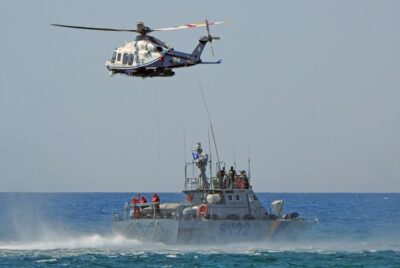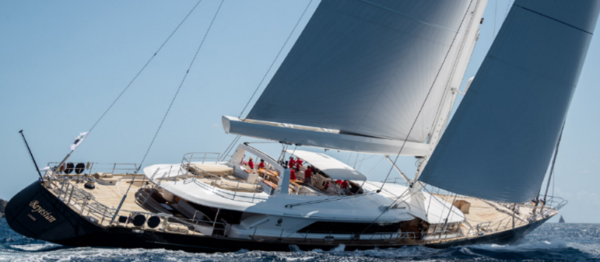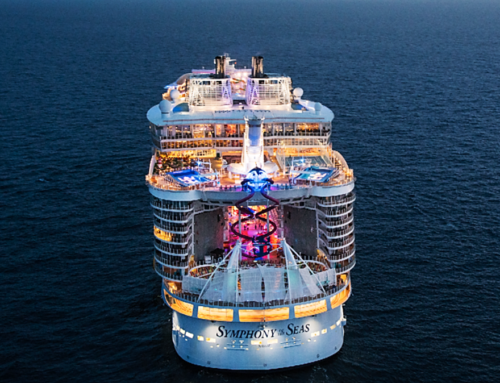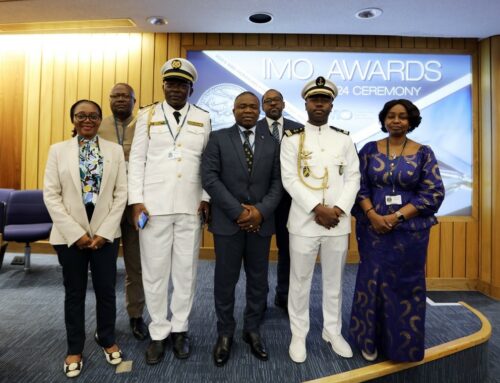The Complex Challenges of Search and Rescue Operations: Recovering the S/V Bayesian Yacht and Beyond
 Search and Rescue (SAR) operations are inherently challenging, no matter the environment. Specialized recovery teams constantly face adverse conditions, whether they are working on land, in inland waterways, or out at sea. However, the search for the missing aboard the S/V Bayesian yacht, which tragically sank to a depth of 50 meters off the coast of Sicily, posed particularly complex obstacles.
Search and Rescue (SAR) operations are inherently challenging, no matter the environment. Specialized recovery teams constantly face adverse conditions, whether they are working on land, in inland waterways, or out at sea. However, the search for the missing aboard the S/V Bayesian yacht, which tragically sank to a depth of 50 meters off the coast of Sicily, posed particularly complex obstacles.
A variety of factors made the operation more demanding than typical underwater recoveries. The combination of the depth, the rugged seabed, and challenging weather conditions, coupled with the precarious position and delicate nature of the wrecked vessel, created a difficult and dangerous environment for both divers and remotely operated vehicles (ROVs).
Coordinating SAR Efforts
Best practices in SAR highlight the importance of coordination, especially when the environment is as unpredictable as the open ocean. Teams generally work outwards from the last known location, expanding their search areas as new information becomes available. For the S/V Bayesian, the situation required the use of helicopters, boats, sonar, and ROVs to search both the surface and below the water.
 The boat’s resting depth of 50 meters might seem manageable at first glance, but working underwater adds layers of complexity. Unlike land-based searches, where teams can walk or drive to different locations, divers must contend with visibility issues, limitations on diving time, pressure changes, and the hazards of the wreck itself. Despite the quick response from local search teams, including the rescue of all but seven of the 22 aboard, these factors significantly slowed the process.
The boat’s resting depth of 50 meters might seem manageable at first glance, but working underwater adds layers of complexity. Unlike land-based searches, where teams can walk or drive to different locations, divers must contend with visibility issues, limitations on diving time, pressure changes, and the hazards of the wreck itself. Despite the quick response from local search teams, including the rescue of all but seven of the 22 aboard, these factors significantly slowed the process.
The Unique Hazards of Marine SAR
Marine searches are fraught with challenges not found in inland waterway operations. Unlike rivers and lakes, the ocean presents much greater potential areas to search. This is all with the added dimension of unpredictable and strong ocean currents, wreckage debris, and the navigation of narrow spaces inside the sunken vessel!
Underwater operations also pose physiological risks. One such danger is nitrogen narcosis, which can impair a diver’s judgment and cause drowsiness due to increased pressure at deeper depths. This can lead to decompression sickness, commonly known as “the bends,” which can occur if divers ascend too rapidly. These risks shorten the window where divers can safely work underwater. The divers assisting in SAR operations for the S/V Bayesian had only a brief window of about ten minutes to explore the wreck directly before needing to resurface.
The Tools of Search and Recovery
In this scenario, SAR teams had to rely heavily on ROVs equipped with sonar, live audio, and lighting to navigate the yacht’s wreckage. The 56-meter vessel posed additional difficulties due to its orientation—having listed and sunk on its side—and with its thick glass windows, which were hard to break. Inside, the debris further complicated the search and the recovery of victims.
SAR operations often combine a variety of technologies to adapt to the unique conditions of each search. Sonar, radar, underwater vehicles, and even victim recovery dogs can all play a part, with the choice of tools depending heavily on the particular aquatic environment. For marine searches like that of the S/V Bayesian, the additional complications of salinity and water temperature can delay or even halt recovery efforts.
A Grim Reality: Drowning and the Sea
Drowning is the third-leading cause of accidental injury deaths worldwide, responsible for around 360,000 fatalities in 2021 alone. Many victims are not recovered. A recent Danish study revealed that only 45% of missing individuals in water are found within 12 months. This tragic reality was mirrored in the case of the S/V Bayesian yacht. Despite rapid response efforts, time and the sea worked against those who were unable to get aboard the life raft, leading to the tragic deaths of the ship’s owner, Mike Lynch, his daughter, Hannah Lynch, four of their guests aboard, and one crewmember.
However, history does offer some rare tales of survival. One such case is that of Harrison Okene, who survived for 60 hours in an air pocket after his fishing trawler sank off the coast of Nigeria in 2013. These cases are more exceptions than the rule, however; in most instances, the longer the search goes on, the more it shifts from rescue to recovery.
Lessons from Maritime Tragedies
 While the recovery of the S/V Bayesian was swift and comprehensive, given the circumstances. this is not always the case, particularly with undocumented migrants who perish at sea. Every lost vessel and every unclaimed body tells a story of systemic failure and human tragedy, emphasizing the need for continuous improvement in SAR operations and funding for recovery efforts.
While the recovery of the S/V Bayesian was swift and comprehensive, given the circumstances. this is not always the case, particularly with undocumented migrants who perish at sea. Every lost vessel and every unclaimed body tells a story of systemic failure and human tragedy, emphasizing the need for continuous improvement in SAR operations and funding for recovery efforts.
We at the Herd Law Firm are proud to fight for seamen, maritime workers and passengers in all types of personal injury and death claims. As maritime personal injury attorneys (and sailors ourselves!) located in northwest Houston, we never waver in our commitment to help these maritime workers, passengers, and their families when they are injured or mistreated.
9/25/2024
Photo Credit: Pixabay.com, Vigili del Fuoco, Perini Navi Press Office










